How can the public prevent skiing injuries?
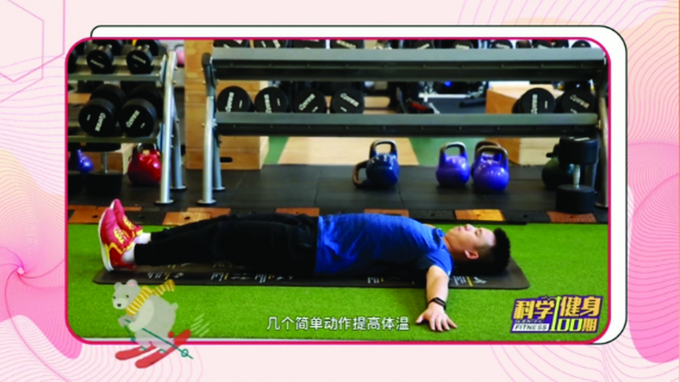
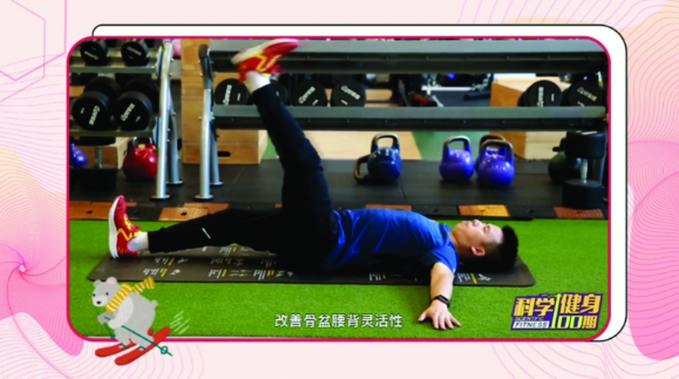
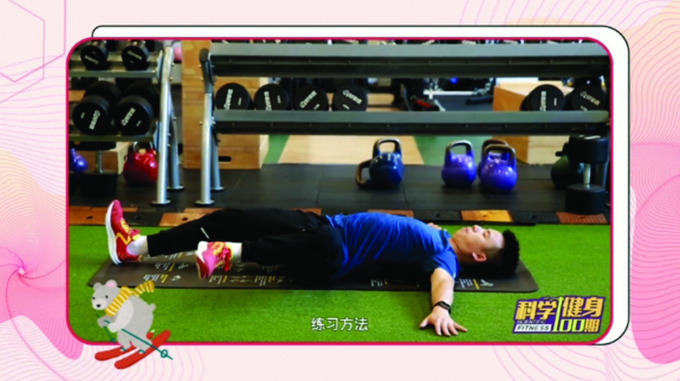
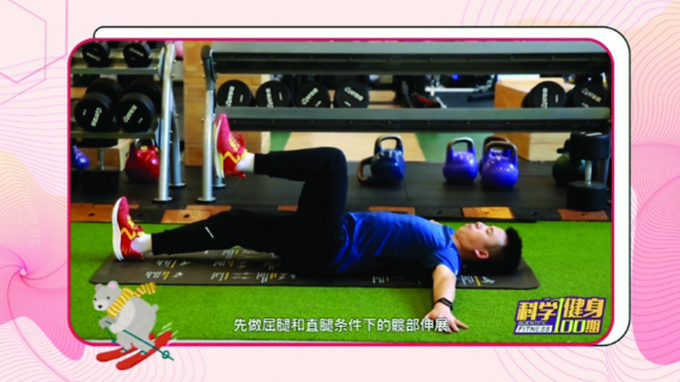
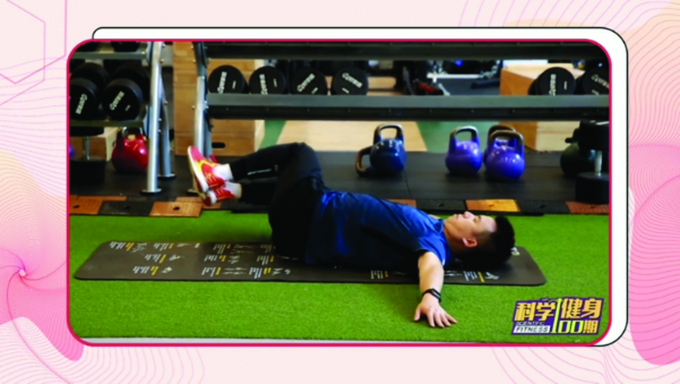
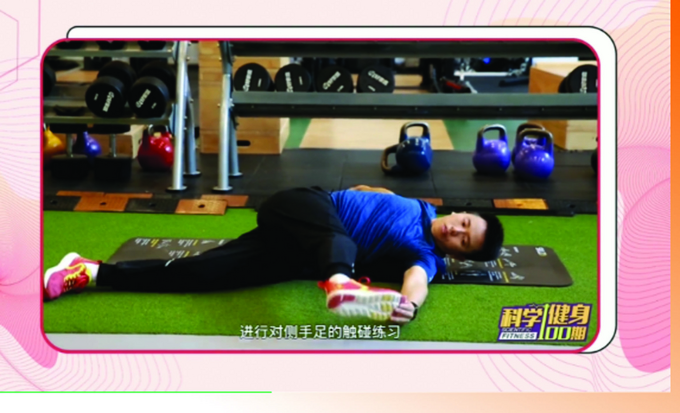
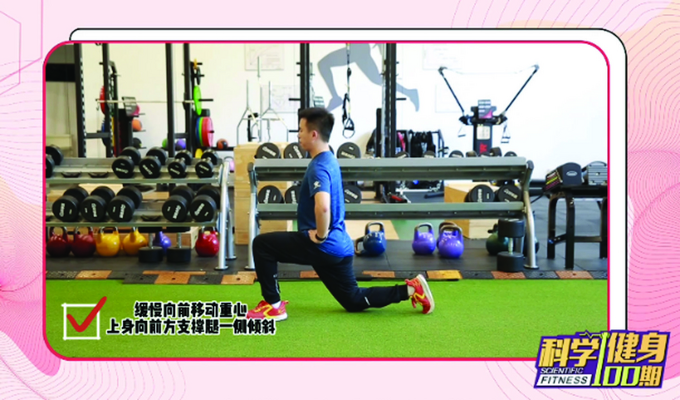
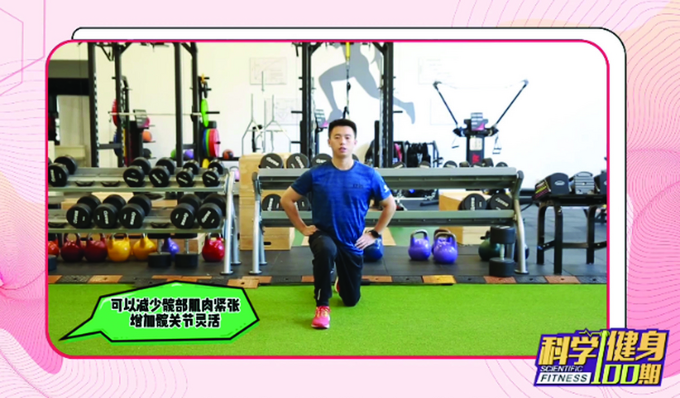
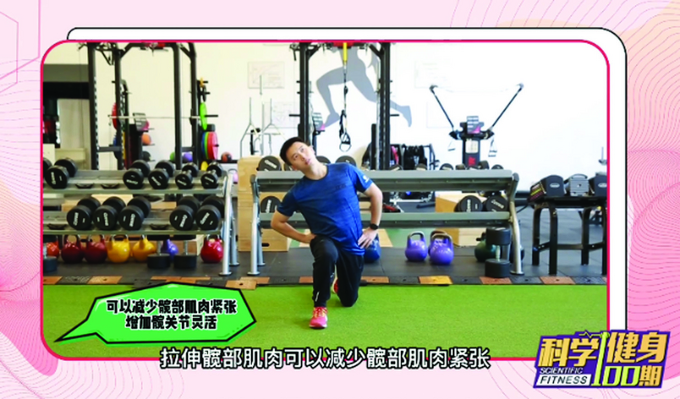
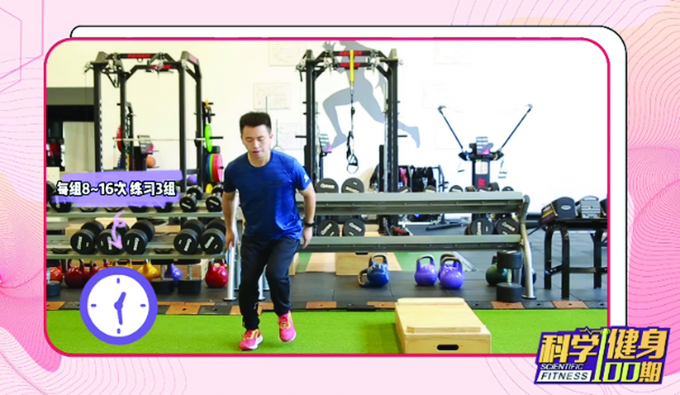

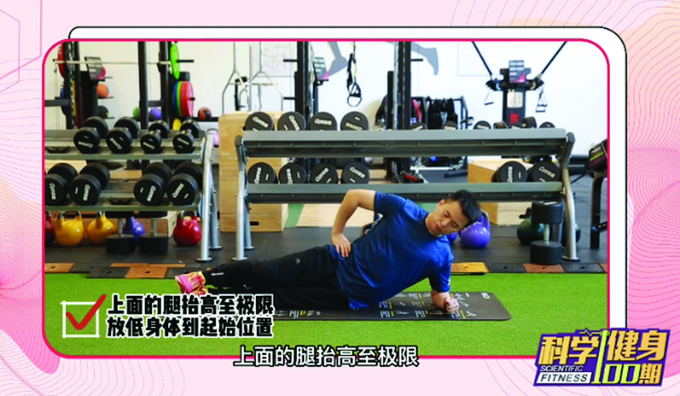
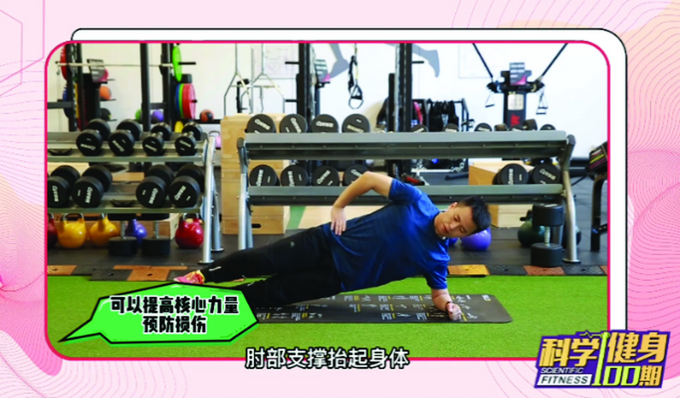
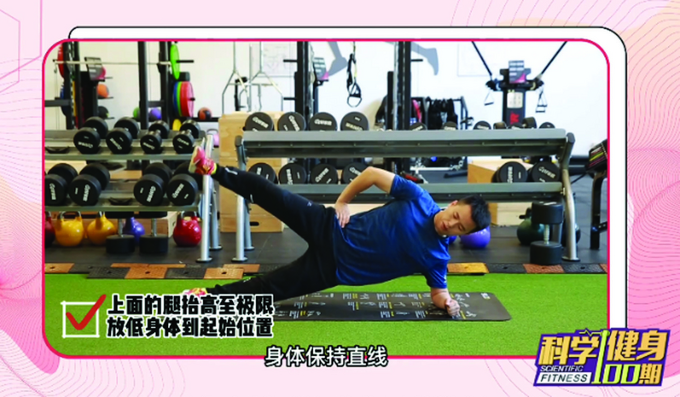
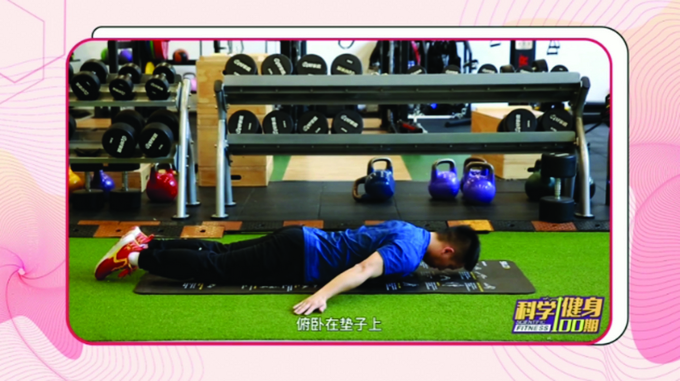
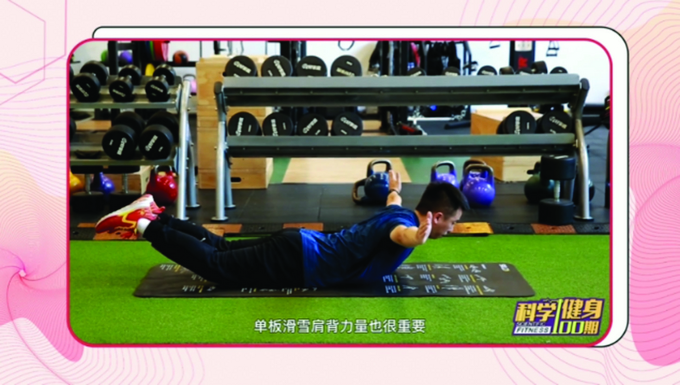
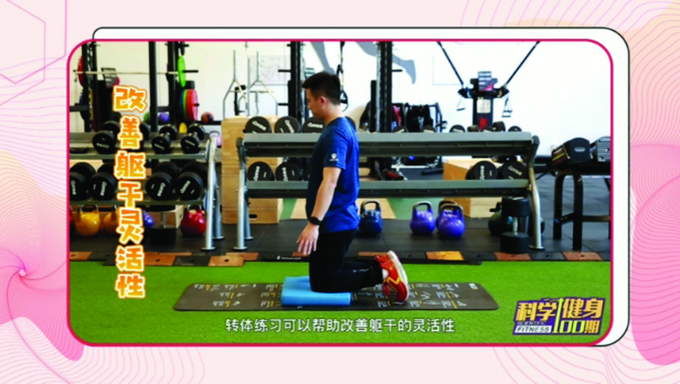
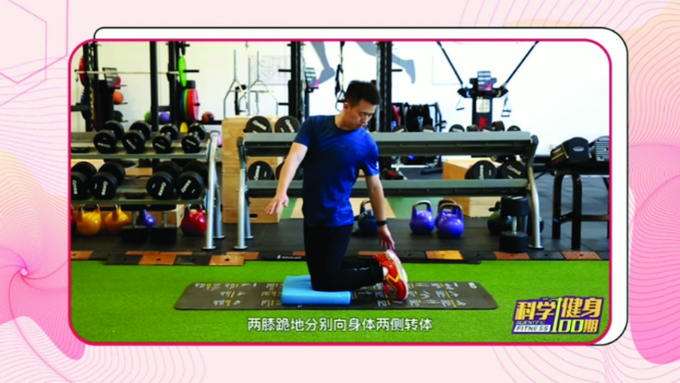
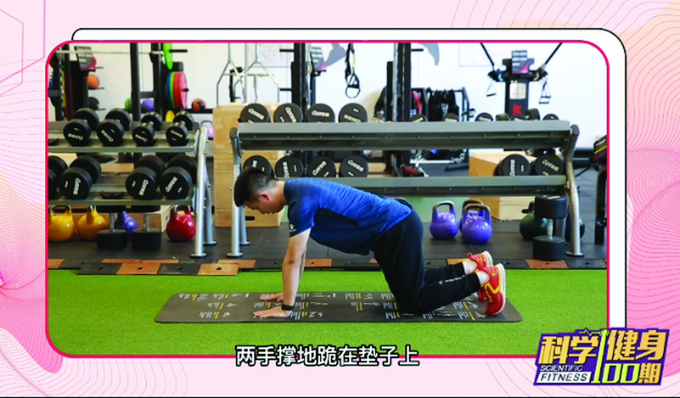
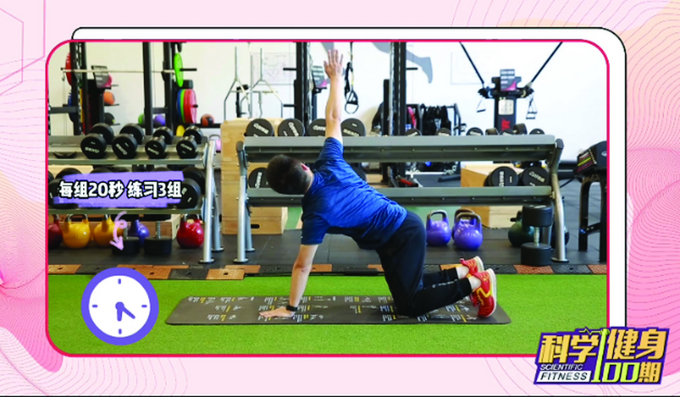
Yang Wenxian of Provincial Institute of Physical Education and Sports
In the past two years, people have been enthusiastic about skiing, but before that, skiing was still a very minority sport in China. However, nowadays, with the popularity of skiing culture, especially since the successful bid for the Winter Olympics, skiing has entered the public’s field of vision, and there are more and more snow fields in the country. Looking at all kinds of great gods galloping on the snow field on the internet, can’t you help but be eager to try? Let’s go skiing together today. The competition time of the Winter Olympics is coming to an end, and many wonderful competitions have been watched. The skiing events of the 2022 Winter Olympics include: platform skiing, freestyle skiing, alpine skiing, cross-country skiing, nordic combined and snowboarding. In order to let you watch the race better and participate in skiing, the author brings you today’s article.
First, distinguish skiing events to help you watch the race better.
There are many skiing events in this Winter Olympics. In order to watch the games better, let’s learn about the events first. The names of each event list can’t be clearly distinguished. Skiing events are divided into snowboarding and snowboarding in terms of the number of skateboards. The following is a detailed introduction:
1. Double board skiing:
(1) Ski jumping and freestyle skiing-skill events
In order to fly farther and score higher, the skiers need to have super skills to fly farther.
The greater the technical difficulty of freestyle skiing, the higher the score. The freestyle skiing in this Winter Olympics consists of seven events: aerial skills, snow skills, obstacle chasing, U-shaped field skills, slope obstacle skills, big platform, and aerial skills mixed groups.
Gu Ailing’s advantage event is the skill event. She participated in three events in this Winter Olympics, namely, slope obstacle skill, U-shaped field skill and big platform jump.
(2) Alpine skiing and cross-country skiing-speed events
There are many flag gates on the track of alpine skiing, and athletes need to cross them.
Cross-country skiing is like a ground marathon, which requires great endurance and physical strength.
(3) nordic combined-Comprehensive Project
This is a competition for men only, which lasts for 2 days. On the first day, I competed in platform skiing and on the second day, I competed in cross-country skiing.
2. snowboarding
Snowboarding is divided into racing category and skill category. Racing categories include: parallel slalom, obstacle chase, obstacle chase round group. Skills include: U-shaped court, obstacle breaking skills and big platform jumping.
Second, how can the public prevent skiing injuries?
With the east wind of Beijing Winter Olympics, this winter, the atmosphere of ice and snow is getting stronger and stronger, and more and more people are participating in this sport, and this sport has brought a lot of damage to the public. According to relevant surveys, mass skiers have more knee joint injuries, such as tearing and injury/strain of ligaments around the knee joint; In addition, there are many injuries to the head and neck, upper limbs and thumb. If you want to effectively avoid injury, you are advised to do the following:
Step 1 wear protective gear
Wear helmet and joint protection when skiing.
2. Make full preparations.
Full warm-up can make the body get high-efficiency physiological requirements and reduce the occurrence of injuries. Here are some professional skiing warm-up exercises to help you get into the state as soon as possible:
(1) Warm-up of lower limbs
Action 1: Lie on your back and lift your legs
Lie on your back on the mat, first do hip extension under the condition of leg flexion and straight leg, then do adduction and abduction under the condition of leg flexion, and then do hip rotation exercises under the condition of leg flexion. Finally, under the conditions of supine and prone, the touch exercise of the opposite hand and foot was carried out. The schematic diagram is as follows:
Action 2: Hip flexor stretching
Stretching hip muscles can reduce hip muscle tension and increase hip flexibility. Kneel with legs apart, keep the trunk straight, slowly move the center of gravity forward, and tilt the upper body to the side of the front support leg. The schematic diagram is as follows:
Action 3: lateral box jumping
Practicing this movement can improve the control ability of hips and knees. Jump sideways from the box and keep your hips, knees and ankles aligned when landing. Increase the difficulty of action by swinging your arm or jumping a longer distance. The schematic diagram is as follows:
(2) Warm up the core parts of the body
Action 1: Static force of split leg side brace
Practicing this movement can improve core strength and prevent injury. Elbow support, lift your body, keep it straight, raise your upper legs to the limit, lower your body to the starting position, and then do the next exercise. For 30 seconds in each group, practice 3 groups. The schematic diagram is as follows:
Action 2: Start at both ends.
Lie prone on the mat, lift and extend your arms and legs, tighten your shoulder blades, then put them down and repeat the exercise. The schematic diagram is as follows:
(3) Turn to warm up
Action 1: Kneeling and turning
Turning exercises can help improve the flexibility of the trunk. Kneel on your knees, turn to your sides respectively, and touch your feet on the other side with your hands. The schematic diagram is as follows:
Action 2: Thoracic Spine Rotation
Hands on the ground, kneeling on the mat. Keep the pelvis still, and one arm drives the upper back to rotate. When practicing, keep your eyes on your arms and swing them. For 20 seconds in each group, practice 3 groups. The schematic diagram is as follows:
Step 3 learn to fall
All kinds of accidents are most likely to occur in ice and snow sports. Learn how to fall safely to better protect yourself.
Double board: When the speed can’t be controlled during sliding, if you want to avoid falling, you can first try to lean forward and make a plow brake (make the tail of the double board open in a "V" shape during sliding); If you can’t brake or if you can’t slow down, you should take the initiative to fall down: throw away the poles, hold your body with your hands, squat down and fall to one side of your body, land with your ass, and remember to forbid hand support! (Hand support is easy to cause wrist fracture)
Veneer: when sliding on the front edge, it is easy to fall forward. At this time, you should kneel down with your legs, lower your center of gravity, and stretch your hands forward as far as possible. The whole person is kneeling on the ground and lifting the snowboard. When the rear blade slides and falls, you should cross your arms on your chest, squat down with your legs to form a ball, roll back with your back on the ground, and lift the snowboard at the same time. Also remember to ban hand support!
4. Other precautions
(1) Avoid skiing due to fatigue or discomfort. Skiing consumes a lot of physical energy, and it is easy to cause injuries under fatigue.
(2) Skiing should be studied step by step, and there should be no psychology of being competitive and eager for success.
(3) Choose a suitable ski trail, and don’t blindly climb the advanced ski trail as soon as you learn to ski.
Third, how to choose ski equipment?
Step 1 snowboard
For beginners, it is most convenient to rent ski equipment directly in the ski resort. You should also know the following points when choosing ski gear:
(1) The longer the length of the snowboard, the greater the speed, the more difficult it is to ski, and the more difficult it is to control.
(2) For beginners, the length of skateboard should be 20-30cm less than the height. For amateurs, snowboarding is generally lower than the height, easier to operate, more flexible in steering and easier to use.
(3) You can choose a relatively soft and elastic skateboard. The skateboard with great elasticity will not be too fast, and it is easier to control, so it is safer.
2. Ski suit
You should choose a ski suit with the right size, so you can move freely. First of all, choose warm, waterproof and windproof fabrics. Secondly, it is ok to wear a ski suit and a jumpsuit, but when choosing, the pants must be high-waist; Clothes and trousers with adjustable cuffs and cuffs can effectively prevent snow from entering. Finally, it is best to choose eye-catching tones that have a color difference with white to avoid collision accidents.
It is suggested to adopt the "sandwich" dressing method: quick-drying clothes/sweat-wicking underwear+warm middle layer+windproof and waterproof/professional ski coat to achieve the effect of sweating inside, keeping warm in the middle and waterproof outside.
Choosing professional ski shoes can effectively keep warm and prevent injuries. When choosing ski shoes, it is best to try them on the spot. The most comfortable state is to let the feet have room to move inside the boots, but the sides of the ankles should not be loose. The back of the shoes should be strong and have certain endurance; Ensure that the calf can bend forward flexibly.
In addition, ski masks, warm hats, ski gloves, ski socks, etc. should be prepared.
3. Accessories and protective gear
Ski pole, the ideal length is that when a person stands upright, the arm holding ski pole can touch the ground vertically at a 90-degree angle. Ski helmets should not be too tight or too loose after wearing. It is best to rent or buy them after trying them on the spot. Ski goggles, it is recommended to choose a fully enclosed ski goggles with thicker frame and anti-fogging.
In addition, beginners are advised to wear joint protection and anti-fall pads.